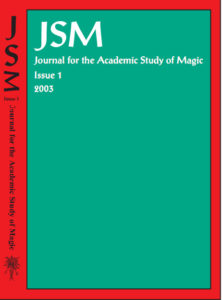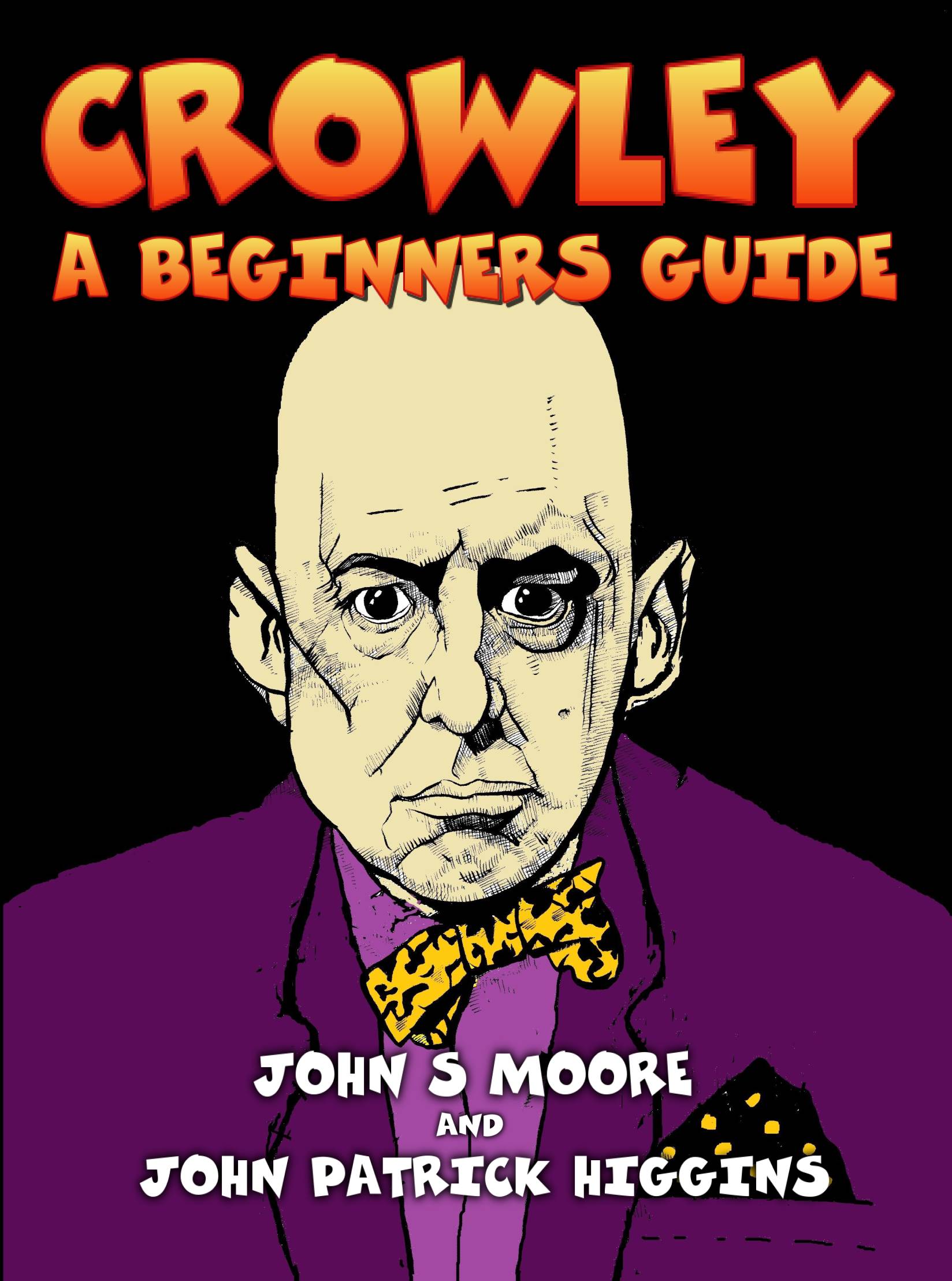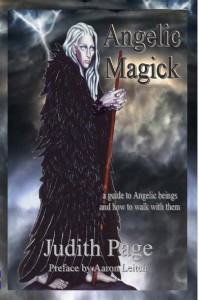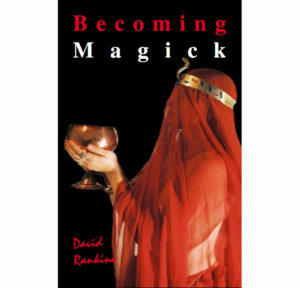
A wide and deep view of magic – rating 9.’ Fortean Times 176
‘A must-read for all those interested in an academic approach to the magical arts.’ The Cauldron
JSM1
ISBN 978-1869928-674
Format: Softcover/200 pages.
ISSN 1479-0750
£20/US$40
Click HERE for JSM1 / UK
Click HERE for JSM1 / USA
Contents
Beyond Attribution: The Importance of Barrett’s Magus/Alison Butler
Shadow over Philistia: A review of the Cult of Dagon/John C. Day
A History of Otherness: Tarot and Playing Cards from Early Modern Europe /Joyce Goggin
Opposites Attract: magical identity and social uncertainty / Dave Green
‘Memories of a sorcerer’: notes on Gilles Deleuze-Felix Guattari, Austin Osman Spare and Anomalous Sorceries. / Matt Lee
Le Streghe Son Tornate: The Reappearance of Streghe in Italian American Queer Writings/Ilaria Serra
Controlling Chance, Creating Chance: Magical Thinking in Religious Pilgrimage / Deana Weibel
—
JSM2
ISBN 978-1869928-725
Format:Softcover/410 pp.
ISSN 1479-0750
UK £20/US$40
Click HERE for JSM2 / UK
Click HERE for JSM2 / USA
‘8 out of 10 – A bit of magic dust sprinkled over academe’ – Fortean Times
Contents
Alien Selves: Modernity and the Social Diagnostics of the Demonic in ‘Lovecraftian Magick’:/ Woodman
Wishful Thinking Notes towards a psychoanalytic sociology of Pagan magic: /Green
A Shell with my Name on it: The Reliance on the Supernatural During the First World War. /Chambers
The Metaphysical Relationship between Magic and Miracles: /Morgan Luck
Demonic Possession, and Spiritual Healing in Nineteenth-Century Devon:/ Semmens
Human Body in Southern Slavic Folk Sorcery:/ Filipovic & Rader
Four Glasses Of Water:/ Snell
The Land Near the Dark Cornish Sea:/ Hale
Kenneth Grant and the Magickal revival:/ Evans
Magic through the Linguistic Lenses of Greek mágos, Indo-European *mag(h)-, Sanskrit màyà and Pharaonic Egyptian heka:/ Cheak
The symbolism of the pierced heart: Froome/Nicholas Roerich:/ McCannon
/ Book Review, etc.
Reviews of JSM2
‘After being dunked in a cauldron of magic potion, the JASM now has classier paper, a larger format and bigger type and has grown to almost 400 pages.
The 12 articles further the Journal’s remit to present and promote new academic writing, thinking and research on all aspects of the subject, and demonstrate again just how broad this ever-expanding field is. One would have to have completed courses in ancient history, anthropology, religious studies, linguistics, philosophy, post-modernism, art, literature, folklore, the sciences and quite probably mathematics to properly assess the material here.
So, as a film studies graduate, I feel perfectly placed to pass comment…
Articles include: an anthropological insider’s look at a troupe of archly post-modem HP Lovecraft- inspired magicians, and their relationship to our world and that of The Great Old Ones, as experienced through guided meditations and dead-of-night possession rituals; magic,superstition and supernatural belief in the trenches of WWI; the evolution of Tintagel as a mystical Celtic pilgrimage site; an overview of the Russian mystic and artist Nicholas Roerich; a critical deconstruction of Kenneth Grant’s oozy oeuvre; witchcraft in 19th century Devon; libertarian magical iconoclast Lionel Snell (aka Ramsey Dukes) on cultures of scepticism and belief, and more besides. Diverse materials, then, people who really know their stuff.
The Journal is not entirely unproblematic, however. most of the pieces are clearly and engagingly written, one or two are o presented in awkward academese; S in others, one’s eyes can hardly move for the tangle of footnotes scattered across the page. Perhaps my gripes are with the academe itself, but if JASM seeks wider readership, these issues wort considering. Otherwise, another fine emission.’
– Mark Pilkington, Fortean Times
The Pentacle 13
‘Don’t be put off by the academic titles these articles are well worth reading whatever your path and I can’t wait for Issue 3. – rated 5 Pentacles’
—
JSM3
ISBN 978-1869928-964
Format: Softcover/300 pp.
£20/US$40
Click HERE for JSM3 / UK
Click HERE for JSM3 / USA
JSM3 – Drs Dave Green (University of the West of England, UK) and Susan Johnston Graf (Penn State, Mont Alto, USA) are taking over as co-editors of the journal.
We wish to thank Dave Evans, founding editor, for all his wonderful work in getting the journal up and running and establishing its reputation. The new editors are also pleased to announce that Mandrake is continuing its involvement with the journal as publishers.
Contents:
Amy Lee – A Language of Her Own: Witchery as a New Language of Female Identity
Dave Green – Creative Revolution: Bergsonisms and Modern Magic
Hannah Sanders – Buffy and Beyond: Language and Resistance in Contemporary Teenage Witchcraft
Mary Hayes – Discovering the Witch’s Teat: Magical Practices, Medical Superstitions in The Witch of Edmonton
Penny Lowery – The Re-enchantment of the Medical: An examination of magical elements in healing.
Jonathan Marshall – Apparitions, Ghosts, Fairies, Demons and Wild Events: Virtuality in Early Modern Britain
Kate Laity – Living the Mystery: Sacred Drama Today
Research Articles:
David Geall – ‘A half-choked meep of cosmic fear’ Is there esoteric symbolism in H.P.Lovecraft’s The Dream-Quest of Unknown Kadath?
Susan Gorman – Becoming a Sorcerer: Jean-Pierre Bekolo’s Quartier Mozart and the Magic of Deleuzian and Guattarian Becoming
Book Reviews
—
JSM4
ISBN 978-1869928-391
Format: Softcover/400 pp.
£20/US$40
Click HERE for JSM4 / UK
Click HERE for JSM4 / USA
Contents
The Practitioner, The Priest, and The Professor: Perspectives on Self-Initiation in the American Neopagan Community/Laubach, Martinie’ and Clemons/
The Trinity of the Hebrew Goddess: A Guided Presentation Of Goddess Narratives and Submerged Beliefs : DeMente
The Topography of Magic in the Modern Western and Ancient Egyptian Minds : Stannish
The science of magic: A parapsychological model of psychic ability in the context of magical will : Luke
Is Magic Possible Within A Quantum Mechanical Framework? : Ash
Angels with Nanotech Wings: Magic, Medicine and Technology in The Neuromancer and Brain Plague : Lord
Rowling’s Devil: Ancient Archetype or Modern Manifestation? : Lauren Berman
“Delivered From Enchantment”: Cotton Mather, W. B. O. Peabody, and the Struggle against Magic : Sederholm
In a Mirror, Darkly : A comparison between the Lovecraftian Mythos and African-Atlantic mystery religions : Geall
The Journey of The Lion King and the Collective Unconscious : Marsh
The Third Time’s the Charm”: Mythic Operative Magic in the Merseburger Zaubersprüche : Moynihan
The Old Irish Impotence Spell: The Dam Díli, Fergus, Fertility, and the Mythic Backround of an Irish Incantation : Bernhardt-House
Reading the Turkish Coffee Cup and Beyond: The Case of North Cyprus : Karimova
Reviews
Issue 5 is now seeking contributions. Scholarly articles in English about any aspect of magic/occultism are welcome up to 8000 words in length.
Submission to the journal is by Email attachment, in Rich Text Format documents using Harvard Citation Style. Full submission details, an outline style guide can be found here
http://www.sasm.co.uk/styleguide.html
Could all submissions now be sent to Dave Green David2.Green@uwe.ac.uk
Please feel free to contact Dave or Susan – sjg9@psu.edu – about the suitability of any proposed article, but in principle we aim to be as inclusive as possible, welcoming submissions from any academic discipline concerning any aspect of magic/occultism from any geographic region in any historical period. Academic articles from magical practitioners are also encouraged.
Deadline for submissions is 21st June 2006, with early submissions welcome.
Society for Academic Study of Magic – elist
The Academic Study Magic e-list is back by popular demand. The list is now being managed and moderated by Amy Hale and myself, Dave Green. We felt that the list, despite its difficulties and personality clashes, was a valuable and exciting resource for academics and others interested in all forms of magical practice from any period of history, any geographic area and any disciplinary background. The new moderators will not tolerate the flaming of old and want to foster an open and tolerant attitude to what will always be an interdisciplinary topic with many divergent views – long may it stay so and let us learn from these differences.
If you wish to join you can do so at this url:
http://www.jiscmail.ac.uk/lists/ACADEMIC-STUDY-MAGIC.html
It might take a little time to recapture the old momentum of the list, but in the meantime we can start reacquainting ourselves so please feel free to post an introduction once you have joined and let’s see the academic magic phoenix rise from the ashes …
Please feel free to circulate this to any relevant lists and individuals.
—
JSM5
Format: Softcover
£20/US$40
Click HERE for JSM5 / UK
Click HERE for JSM5 / USA
JSM5 : Contents
Flavius Josephus’ Terminology of Magic: Accommodating
Jewish Magic to a Roman Audience, / Philip Jewell
The Role of Grimoires in the Conjure Tradition / Dan Harms
Hermetic/Cabalistic Ritual in Christopher Marlowe’s Doctor Faustus /
Dana Winters
Italian Cunning Craft: Some Preliminary Observations / Sabina Magliocco
Walking The Tightrope: A Study Of Secret Astrologers In Mainstream
Professions / J.A. Silver Frost
Martyrs, Magic, and Christian Conversion / Patrick Maille
“Worshiping the Devil in the Name of God”Anti-Semitism,
Theosophy and Christianity in the Occult Doctrines of Pekka Siitoin /
Kennet Granholm
“The Witching Hour: Sex Magic in 1950s Australia” / Marguerite Johnson
Reviews
Obituaries




